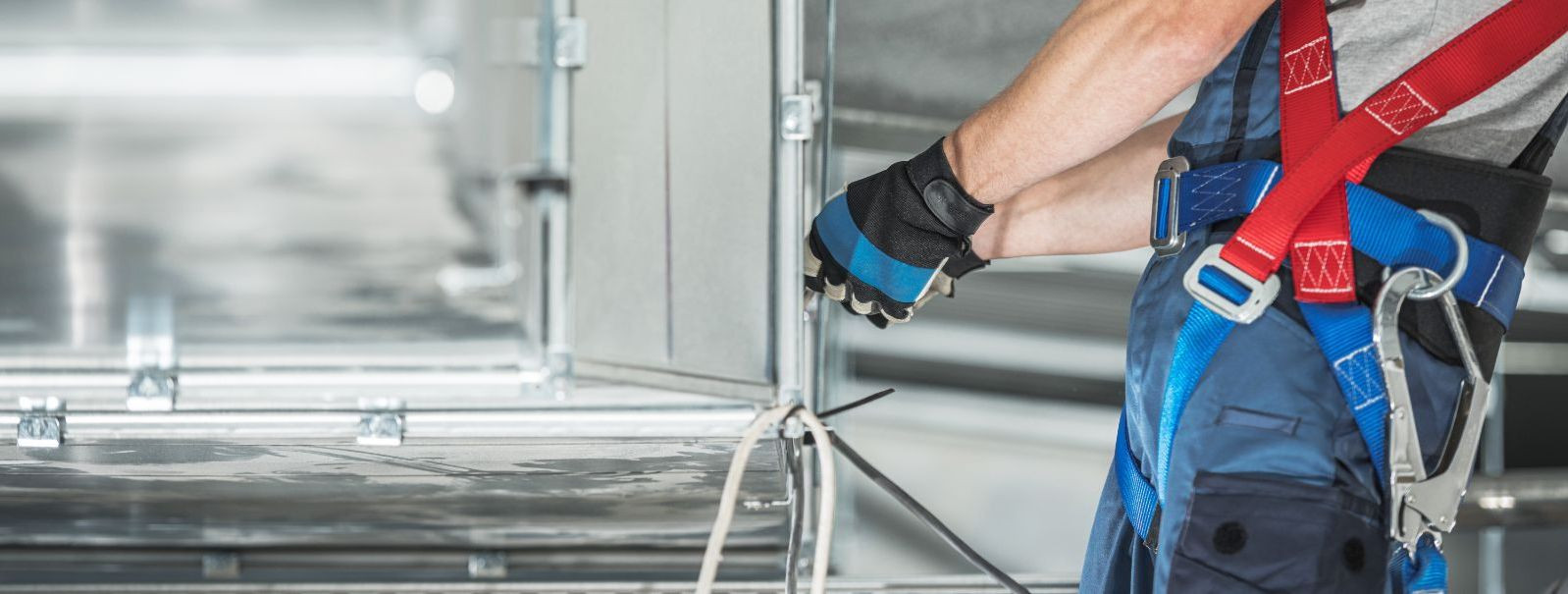The ultimate guide to eco-friendly cooling
As global temperatures rise and environmental concerns become more pressing, eco-friendly cooling solutions are increasingly important. These systems not only contribute to a healthier planet but also offer cost savings and enhanced comfort for users.
Understanding the Basics of Eco-Friendly Cooling
Eco-friendly cooling refers to systems and practices that minimize environmental impact while maintaining indoor comfort. This involves using energy-efficient technologies, sustainable materials, and renewable energy sources to reduce carbon footprint and energy consumption.
Conventional cooling systems are often energy-intensive and contribute significantly to global greenhouse gas emissions. Eco-friendly cooling is crucial for reducing energy usage, lowering emissions, and mitigating climate change, while also providing financial benefits through reduced energy costs.
Strategies for Eco-Friendly Cooling
Utilizing natural airflow can significantly reduce the need for mechanical cooling. Designing buildings with cross-ventilation, operable windows, and strategic placement of vents can harness breezes and facilitate passive cooling.
When mechanical cooling is necessary, opting for air conditioners with high Seasonal Energy Efficiency Ratios (SEER) can lead to substantial energy savings. Look for units with the ENERGY STAR label to ensure top performance.
Smart thermostats can optimize cooling schedules based on real-time data and user behavior, leading to increased efficiency and comfort. They also allow remote monitoring and control, which can help in managing energy use more effectively.
Geothermal systems use the stable temperatures of the earth to cool buildings. While the initial investment is higher, these systems are incredibly efficient and have low operating costs over time.
Green roofs, covered with vegetation, and cool roofs, designed with reflective materials, can reduce heat absorption, thereby lowering the demand for indoor cooling.
Materials and Technologies for Eco-Friendly Cooling
Proper insulation is key to maintaining a cool indoor environment. Materials like spray foam, rigid foam boards, and cellulose can prevent heat gain and improve overall energy efficiency.
PCMs absorb and release heat as they change from solid to liquid and vice versa. Incorporating PCMs into building materials can help in regulating indoor temperatures without constant cooling.
Specialized reflective paints and coatings applied to exterior surfaces can reflect sunlight and reduce thermal gain, lessening the workload on cooling systems.
ERVs exchange the energy contained in normally exhausted building or space air and use it to treat the incoming outdoor ventilation air in residential and commercial HVAC systems. This process reduces the energy required to bring outside air up to ambient indoor temperatures, thus saving on cooling costs.
Maintenance Tips for Eco-Friendly Cooling Systems
Keeping eco-friendly cooling systems clean and well-maintained is essential for optimal performance. This includes cleaning filters, coils, and fans, and ensuring that vents are not obstructed.
Annual inspections and tune-ups by qualified HVAC professionals can prevent inefficiencies and extend the lifespan of cooling systems.
Older systems can often be upgraded or retrofitted with eco-friendly components to improve efficiency without the need for a full replacement.
Financial Incentives and Rebates
Many governments and utilities offer rebates and incentives for the installation of energy-efficient cooling systems. These can significantly offset the initial investment costs.
Specialized financing programs are available to help cover the costs of eco-friendly cooling solutions. These programs often offer favorable terms to encourage energy efficiency upgrades.
Choosing the Right Eco-Friendly Cooling Solution
Before selecting a cooling system, it's important to assess the specific needs of your space, considering factors like size, climate, and existing infrastructure.
Working with experienced HVAC professionals can help you choose the most appropriate and efficient cooling solution for your needs. They can provide valuable insights into the latest technologies and best practices for eco-friendly cooling.






Comments (0)